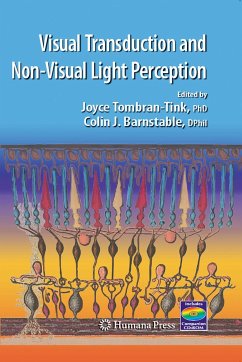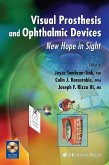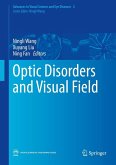Remarkable advances have contributed to revolutionizing the study of vertebrate vision. The first step to identifying objects and establishing spatial relationships is the visual transduction cascade, a process that underpins a wide range of ocular diseases and therapies. Toward that,
Visual Transduction And Non-Visual Light Perception reveals not only how the eye evolved into an organ of vision, but also describes how molecular mechanisms of key molecules (such as transducins, phosphodiesterases, and CyclicGMP metabolizing enzymes) operate in the phototransduction cascade. In this groundbreaking text, experts also explain mechanisms for sensing readiation outside of the visible wavelengths -- a good example of the limitations of the human sensory systems. Comprehensive and penetrating,
Visual Transduction And Non-Visual Light Perception brings together the developmental, structural, and molecular mechanisms of the visual transduction cascade and is an invaluable text for everyone conducting research in the visual system.
Dieser Download kann aus rechtlichen Gründen nur mit Rechnungsadresse in A, B, BG, CY, CZ, D, DK, EW, E, FIN, F, GR, HR, H, IRL, I, LT, L, LR, M, NL, PL, P, R, S, SLO, SK ausgeliefert werden.
Hinweis: Dieser Artikel kann nur an eine deutsche Lieferadresse ausgeliefert werden.









